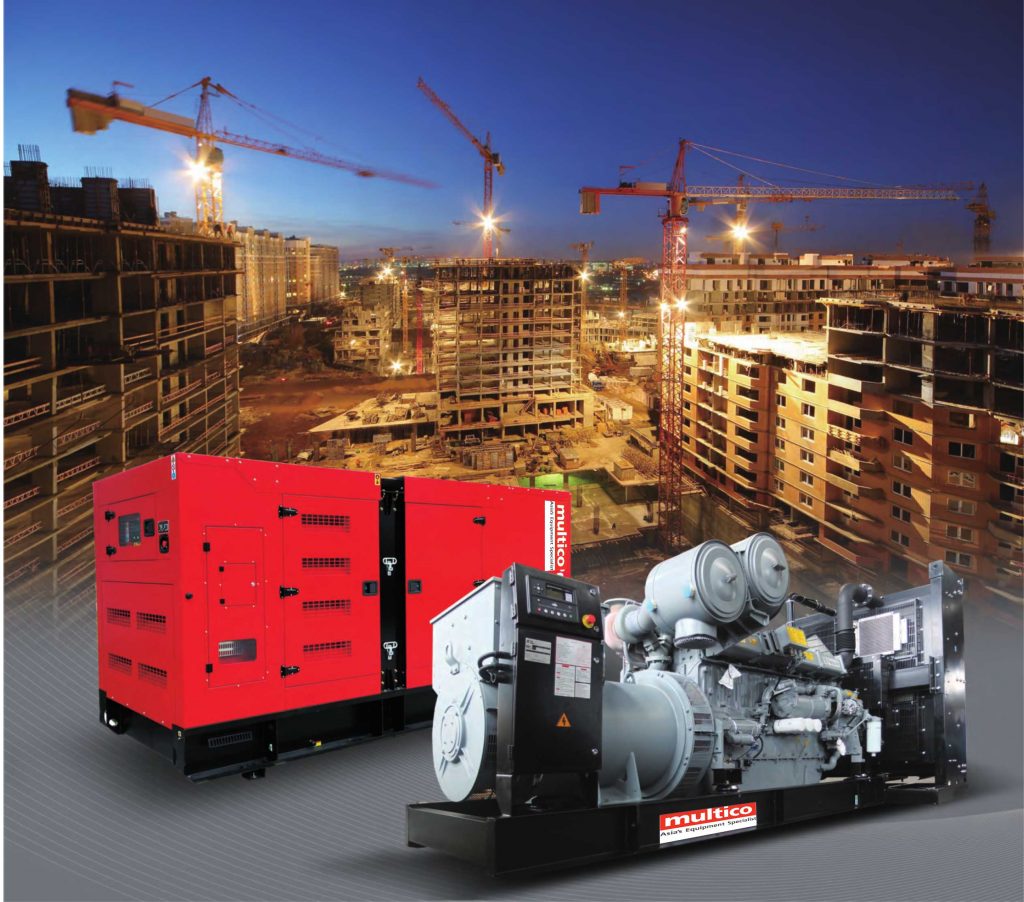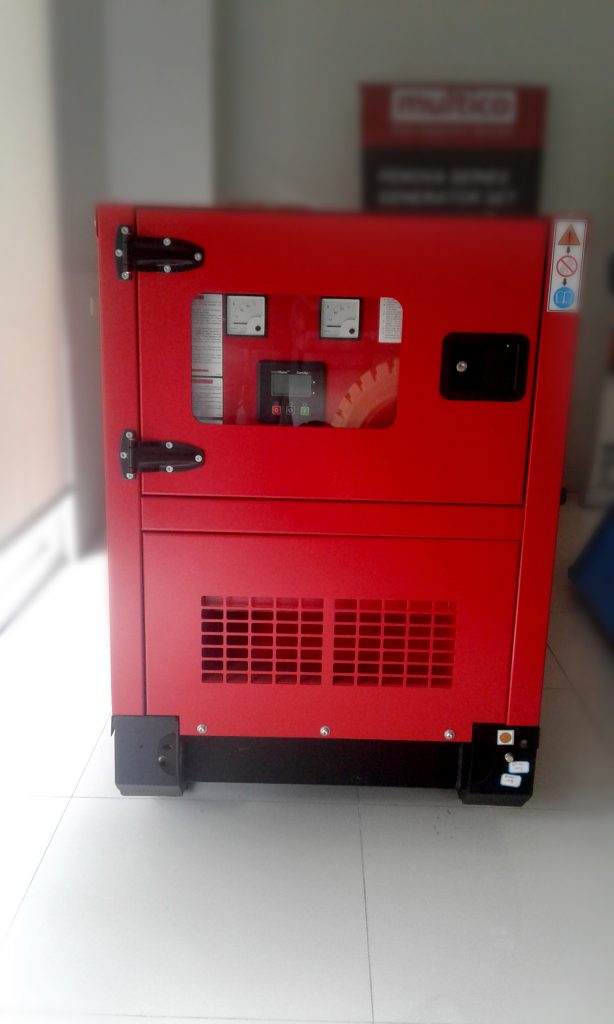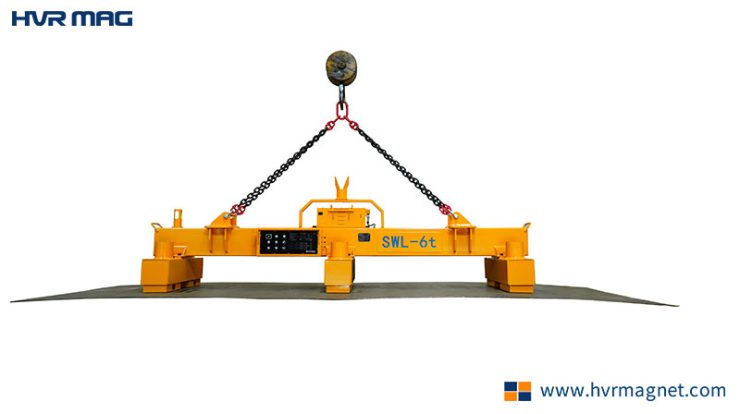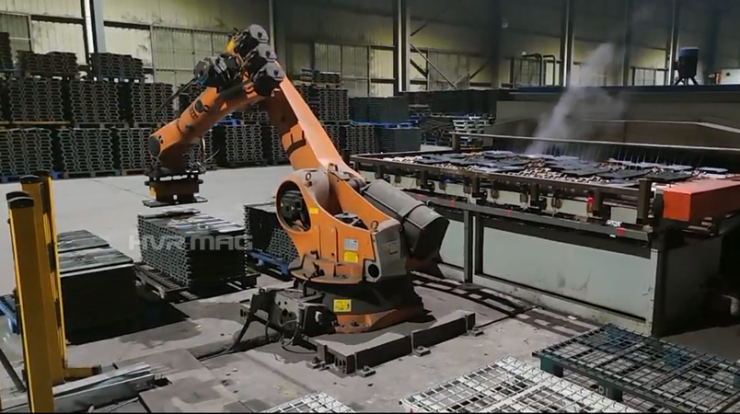The Different Types of Generator Sets in the Philippines

The Different Types of Generator Sets
February 19, 2018
What are the different types of generator sets?
- Heavy Industrial Type – designed for heavy usage.
- Open Type Acoustic – this generator is self-contained and is encased in its own housing.
- Standby Duty Type – this generator is always on standby.
- Portable – this generator is highly convenient because it will give you electricity during a blackout.
Construction projects are extremely common in the Philippines. Aside from forklifts and other heavy construction equipment, another machinery that often finds its way into engineering and industrial works is a generator set.
Generator sets, however, aren’t just used in the construction and oil and mining industries. These are the obvious applications. After all, their sites are often situated in areas that have no access to electricity—a predicament that a generator set can easily solve.
Aside from these, generator sets are often found in hospitals, hotels, resorts, malls, and entertainment centers. Lastly, they are becoming immensely popular with real estate developers, especially since more and more homeowners want to have backup electricity in the comforts of their homes.
Are you planning on getting a generator set for your company, or for some construction endeavor? If so, then you’ve come at the right place.
This article will explore the different types of generator sets.
Heavy Duty Industrial Type
This generator is designed for heavy usage in various industrial applications. More than that, it can also meet the demands of medium to large-sized organizations.
This is perfect for businesses and industries that can’t afford to lose electricity, even for a short time—whether it’s because electricity is critical to their operation, or because its absence might lead to a significant loss of revenue. This includes hospitals, hotels, and other entertainment centers.
Most of these heavy duty industrial generators work automatically. That is, it will instantly turn on when utility power is cut off, and it will shut down once electricity is restored.
Standby Duty Type
As the name suggests, these generators are always on standby, which means that when the power suddenly goes out, this generator will automatically turn on—there won’t be any fuss for you at all.
A standby duty generator might be your best bet, if you regularly lose electricity and wish to keep most of your appliances up and running. Aside from residences, it’s also perfect for small business and enterprises. The majority of these generators is strong enough to fuel a central air conditioning unit, kitchen appliances, and other hefty items at the same time.
The only downside to a standby duty generator is its price. That is, it can be a bit expensive. Aside from the generator, there’s the transfer switch and the subpanel—all of which need to be professionally installed.
A transfer switch is used to monitor power. That is, it promptly turns on your generator when you lose electricity. Consequently, when the power supply has returned, the transfer switch will quickly turn off the generator set. It will remain shut down until it’s eventually needed again.
A standby duty generator runs on either natural gas or liquid propane vapor. Both of these allow you to smoothly transition between your electricity and the backup power. If your home or your building already uses one of these fuels, then you can take advantage of it. If not, then consider having a propane tank installed.
Portable Generator
A portable generator type is a highly convenient way of having electricity during a blackout. You’re ensured to have an electric supply anywhere, whether it’s a job site or a campsite. And because they’re portable, you won’t need a forklift from the Philippines or any other heavy construction equipment to ferry it from one area to another.
This generator operates on a gas-fueled engine. It utilizes an on-board alternator to generate electricity. The generator has outlets on it, which lets you plug extension cords and appliances directly into the unit.
Aside from outlets and an alternator, here are the major components included in this generator: internal combustion engine, starter, and fuel tank.
The main difference between a portable generator and a standby duty type is that the former is not fixed. As the name suggests, it’s portable and can effortlessly be moved from one place to another. Additionally, it doesn’t operate automatically and must be started by hand.

Open Type Acoustic
When people hear the word “generator,” they’ll most likely equate it to a massive equipment that rumbles deafeningly.
This is why you shouldn’t just focus on the generator’s ability to supply you with electricity. You also need to take its noise production into consideration.
In fact, several areas actually have noise regulations, especially at night, and particularly in residential areas.
And that’s where the open type acoustic generator comes in.
This generator is self-contained and is encased in its own housing. More than that, its housing is an acoustic canopy that utilizes soundproof steel plates and meets the critical noise level requirement, so you don’t have to worry about troubling your neighbors.
This particular generator isn’t really a discrete type. On the contrary, it can fall under any of the categories mentioned earlier. That is, the three generator types might already be soundproof, or they might have a soundproof unit option.
Key Takeaway
Construction projects and similar ventures are all over the Philippines. Aside from forklift and other heavy construction equipment, there is another machine that can be utilized not only in this industry, but in myriads of other sectors. This important equipment is the generator set.
Today, generator sets are being used in a vast array of fields. In order to find the generator that best suits your needs, it’s vital that you familiarize yourself with the common generator types available in the country.



